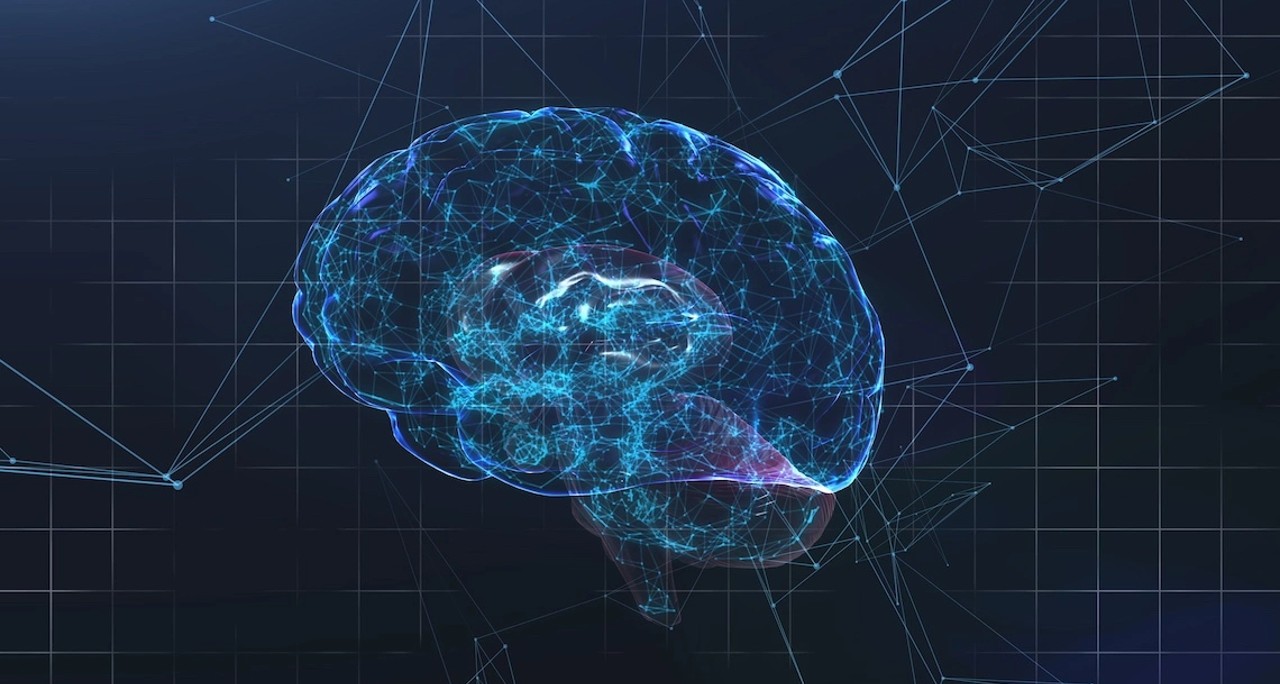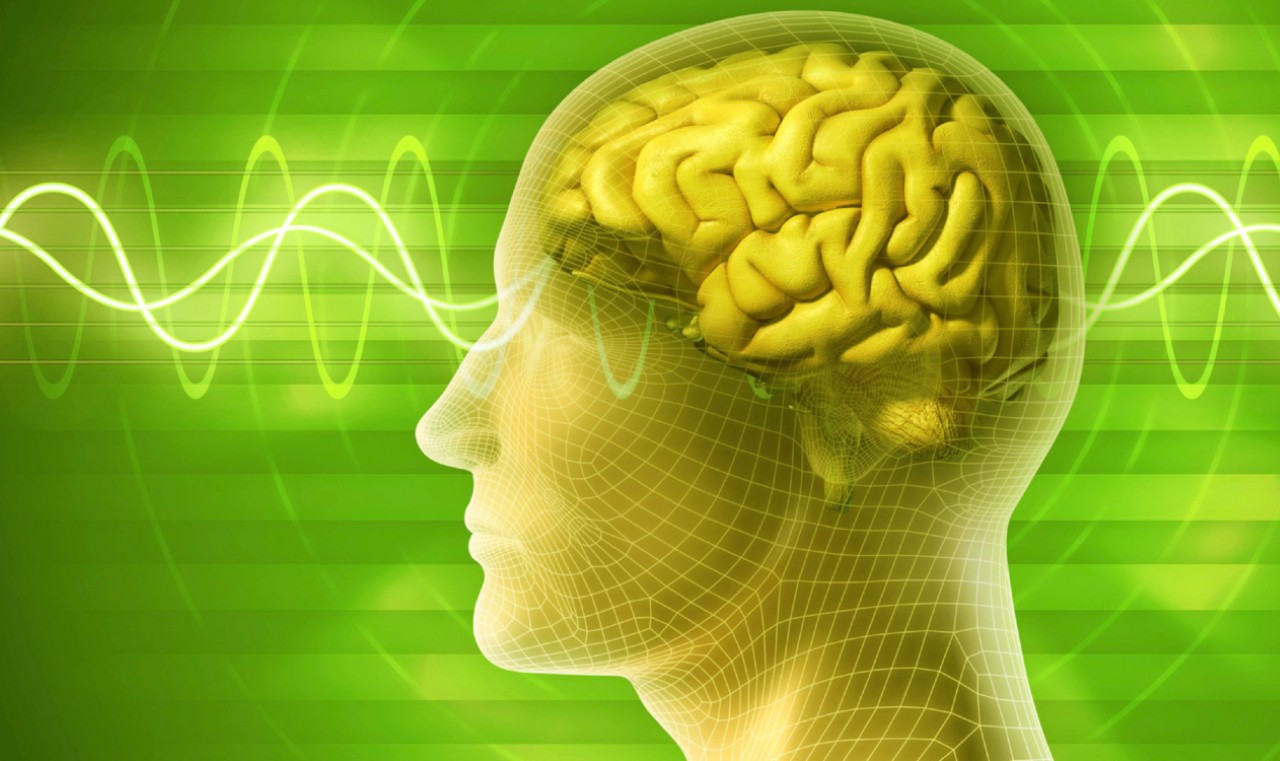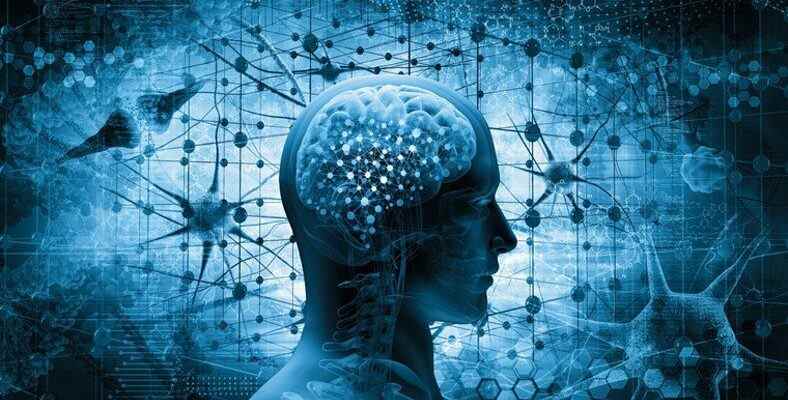A ‘map’ of the brain will be made with a newly developed state-of-the-art microscope. With the data obtained from this study, it will be possible to obtain new information about many diseases.
At a cellular level brain atlas extraction The process has hitherto been limited to much smaller animals or smaller parts of the human brain, due to the enormous time and technical complexity required to map the entire human brain. However, with a new study change it could be the subject.
Researchers at Columbia University and the Icahn School of Medicine, 180 billion cells and census, they will jointly work on a project to create a detailed map of the entire human brain, including census. With the data to be obtained at the end of the study, how the structure and organization of the brain leads to behavior, emotion and cognition in sickness and health. of grasp reported to be possible.
Your brain will be mapped just like Google Earth
Elizabeth Hillman, PhD, the Herbert and Florence Irving Professor at Columbia Zuckerman Institute and the leader of the project, stated that new tools are behind the most striking advances throughout the history of science, in a statement about the project. “Next five years iIn China, we are developing technologies that will enable high-speed, large-scale imaging of tens or even hundreds of human brains. The unprecedented treasures of data we hope to generate are about the human brain. previously inaccessible should open the way to knowledge.” saves as.
Dr. To get Hillman and his collaborators to undertake this ambitious project, the National Institutes of Health’s BRAIN Initiative has recently $9.1 million reportedly awarded a grant. It is reported that this funding will be shared between Columbia University, Icahn School of Medicine at Mount Sinai, and Carnegie Mellon University.
“If successful, our microscope the entire human brain in a few days should be able to view with cellular details” Using the words of Dr. Hillman, “These data are for the brain. like Google Earth and will enable the analysis of patterns and distributions of different human brain cells at very different length scales. “ saves as. However, Hillman said that there are differences as well as similarities between his projects and Google Earth, that the number of cells in the brain compared to eight billion people in the world. more than 180 billion points out that it is.
If the team is successful, it will only take a few days to map the entire brain.

The team isn’t just concerned with counting cells in the brain, however. Accordingly, the team’s top priority is to diversity of different cell types It is stated that it is to develop a brain map that shows the on this subject “We know that the brain contains billions of neurons, but there are many different subtypes of neurons,” Noting Hillman, “How many there are, how they are organized, and how they vary between different brain regions and different people. highly unknown.” d.Iye also adds your words.
The brain, on the other hand, is not just made up of neurons. The brain network includes other types of cells, including a number of glial cells and the cells that make up the vasculature of the brain. each for normal brain functions These cell types are required.It is speculated that the disease may also contain important clues as to what went wrong with the disease.
Regarding this issue, Hillman “To make these datasets really useful, we need to scan the whole brain. capturing as much information as possible We have to find a way.” uses expressions. Hillman also points out that if successful, their microscope could image the entire human brain in cellular detail in just a few days.
For this brain atlas extraction project, Hillman developed a new microscope technique. is developing. This Human Brain Optimized Light Slab (HOLiS) Named the microscope, the team notes that they chose this name to emphasize the importance of holistic imaging and analysis of the human brain.
So how does the brain mapping process work?

The first step in the imaging process, carefully cut the brain into sections 5 millimeters thick and includes processing them to make them completely transparent. In order to achieve this feat, which is the specialty of Zhuhao Wu, assistant principal investigator on the project and assistant professor in Mount Sinai’s Laboratory of Nervous Systems, Structures and Genetics, Dr. Wu’s; It is said to have optimized a method for cleaning the human brain. The method in question analyzes each brain part, individual cells based on their different colors, and their describe the various features It includes a step that can mark it with a series of fluorescent labels that makes it possible.
Then, the HOLIS microscope, which we mentioned above, comes into play. To create huge, technical color 3D images of every part of the brain lightning fast employee HOLiS; The technique works by projecting laser light onto the tissue to create a layer of light that illuminates a very thin inclined plane. Meanwhile at the microscope a fast camera it captures an image of the same plane, and by moving the brain section at a constant speed, successive images of each plane are put together to create a long 3D block. Afterwards, the tissue is scanned again before proceeding to the next stage.
The human brain will be analyzed more broadly than ever before

Hillman underlined that it will take many years to try to image the entire human brain with the conventional tools available.“We hope our HOLiS system will be able to image an entire brain in about a week.” saves as. Thanks to this kind of speed, the whole neuroimaging thing is more than a one-time proof-of-concept, technology that can image hundreds of brains Hillman stated that it will evolve“We suspect that every brain will be very different, so we need to be able to image many brains to understand the diversity of brains across the lifespan and ultimately discover a wide variety of diseases and disorders.” he says.
However, at this point, there is an obstacle in front of the team. The team found that each brain atlas study was a huge amount. two petabytes waiting for it to generate data. To provide a solution to this problem, it is stated that the collaborators at the Pittsburgh Super Computing Center at Carnegie Mellon will help the team turn these data floods into user-friendly databases that can be more manageable, searchable and analyzed and compared.
Finally, if the process is put in order, the human brain will become more powerful than ever before. on a large scale Hillman stated that a basic database can be created to analyze“Having these data will add to our efforts to understand what often goes right in the human brain and what goes wrong in developmental, neurological, and psychiatric disorders. should speed up. “ He draws attention to the importance of his work.
RELATED NEWS
Elon Musk’s Brain Chip Neuralink Could Be Used To Treat Morbid Obesity: So What Is Morbid Obesity?
Source :
https://scitechdaily.com/new-atlases-will-map-all-180-billion-cells-in-the-human-brain/
